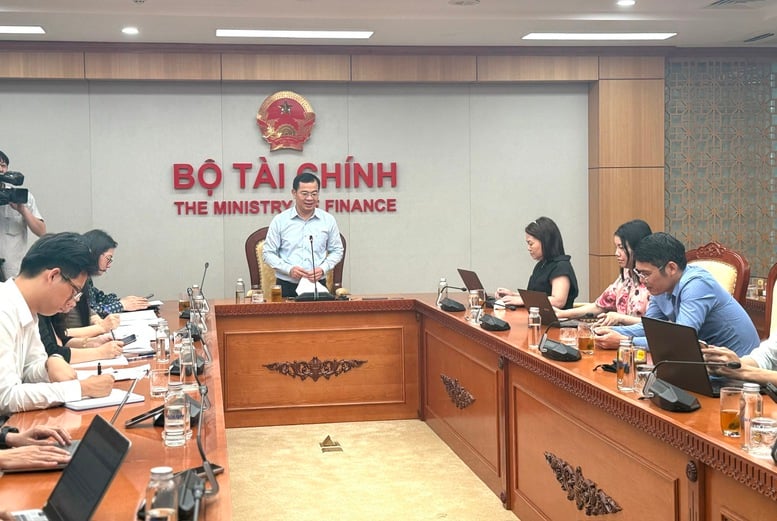
Ministry of Finance : Effective arrangement and handling of public assets requires the synchronous participation of the system - Photo: VGP/HT
This is the opinion of Mr. Nguyen Tan Thinh, Director of the Department of Public Asset Management (Ministry of Finance) when talking to the press on April 24 about the issue of public asset management in the process of restructuring and streamlining the apparatus.
Public assets - need to be arranged synchronously, not wasted
Mr. Nguyen Tan Thinh, Director of the Department of Public Asset Management (Ministry of Finance) emphasized: The arrangement, allocation and handling of public assets is a common task of the entire political system, not just of any sector, field or locality. In addition, this needs to be carried out in accordance with current legal principles, with direction and coordination between central and local agencies.
The leader of the Department of Public Asset Management said: Most recently, the Minister of Finance signed document No. 195 dated April 23 to the Secretaries of Provincial and Municipal Party Committees on reviewing, arranging, allocating, and handling headquarters and public assets and reviewing projects, works, and headquarters under construction or approved for investment policies that are affected by the arrangement and streamlining of the province.
In particular, Minister Nguyen Van Thang requested the leaders of the units to direct the completion of the General Inventory of Public Assets according to the Project approved by the Prime Minister in Decision No. 213/QD-TTg dated March 1, 2024; review and standardize inventory data to ensure the completeness, accuracy and logic of the data according to the instructions of the Ministry of Finance to serve the development of plans for arrangement, placement and handling of headquarters and public assets when arranging, streamlining the apparatus and reorganizing administrative units; send a report on the results of the General Inventory of Public Assets to the Ministry of Finance before May 10, 2025 for synthesis and reporting.
Notably, the leaders of the Ministry of Finance have requested that units pay attention to directing the process of arranging headquarters and public assets in conjunction with streamlining the organization of the two-level local government apparatus. Furthermore, the new guidelines also emphasize the requirement to effectively use assets, especially agency headquarters, to avoid vacancy, degradation and waste.
Along with that, the Ministry of Finance has submitted a draft amendment to the Law on Management and Use of Public Assets to update new policies such as digital transformation, reorganization of the apparatus, especially the two-tier local government model. Previously, public assets were managed according to 4 budget levels; however, with the new model, there are only 3 levels, so it is necessary to amend 48 related legal documents.
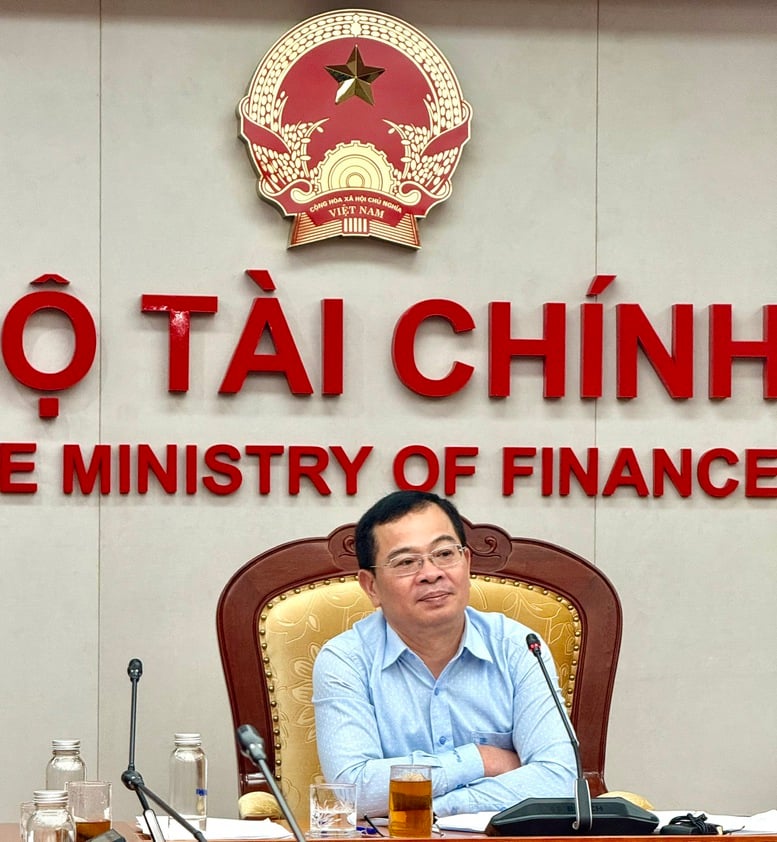
Mr. Nguyen Tan Thinh, Director of the Department of Public Asset Management (Ministry of Finance) - Photo: VGP/HT
The problem of surplus assets, the head is responsible for effective management
Mr. Nguyen Tan Thinh said that in the new guidelines, the Ministry of Finance has given some notable highlights.
Firstly, it is necessary to clearly define the responsibilities of ministries, branches and localities within their management scope regarding the arrangement of headquarters and public assets in accordance with the provisions of the Law on Public Asset Management and related instructions.
Second, the Ministry of Finance guides in the direction of emphasizing inheritance and efficiency in asset arrangement, not interrupting the unit's operations, and possibly sharing headquarters. At the same time, assets are transferred according to tasks, and the unit that receives the task will also receive the assets.
Third, localities are required to allocate funds for the management, protection and maintenance of public assets, and at the same time, improve the organization with the function of asset management to ensure implementation capacity.
Along with that, the Ministry of Finance requested units to thoroughly grasp the direction of General Secretary To Lam on prioritizing the regulation and effective exploitation of public assets. Headquarters that are no longer used for the right purpose should be converted to the fields of health, education, or community activities.
"The arrangement and handling of headquarters assets follows the principle that each ministry and locality is responsible within the scope of their ministry and locality, in accordance with the authority prescribed by the Law on Management and Use of Public Assets and the Government's guiding regulations," said Mr. Nguyen Tan Thinh.
According to statistics from the Ministry of Finance, there are currently more than 11,000 public housing and land facilities that are unused or ineffectively used. However, the handling cannot take place overnight, due to many factors such as planning, public investment, and changes in functions and tasks after the merger of administrative areas.
In particular, most of the surplus facilities are schools and medical stations in remote areas, where there are many difficulties in converting their intended use.
Through the recent reports to local ministries and agencies on the handling of the situation, local ministries and agencies are actively resolving cases of surplus real estate, because the risk is that the longer it is left, the more its value will decline.
According to Mr. Nguyen Tan Thinh, the Ministry of Finance has requested ministries, branches and localities to urgently review and clearly identify the list of surplus assets to have specific handling plans, prioritizing education, health care and public welfare.
Director Nguyen Tan Thinh shared: In fact, the handling of assets depends partly on the society's demand for real estate. For example, the demand for renting out for housing, the demand for commercial use, services or other needs. These needs fluctuate during the process of building a two-level local government.
"There are places where demand is very high, especially in places chosen as political and administrative centers, but there are places where demand will decrease. Therefore, there are difficulties, but in the documents sent by the Ministry of Finance to leaders of units, it emphasizes personal responsibility, especially the heads of Party committees and heads of government of agencies, organizations, units, ministries, branches and localities in implementing the arrangement, allocation and handling of assets, to avoid waste," said Mr. Nguyen Tan Thinh.
Regarding the standards for public cars, Mr. Nguyen Tan Thinh emphasized the need for flexible solutions. At the same time, Mr. Thinh said: The Ministry of Finance is drafting a Decree to replace Decree 72 on standards for car use. Accordingly, it is proposed that communes can be equipped with a maximum of two public cars, with an estimated total of about 6,000 cars (basically existing cars).
However, to ensure compliance with the reality of streamlined operations, such as cases of having to travel to work, or going on business trips far away and to more communes than before, the draft calculates the possibility of converting district-level vehicles to commune-level vehicles. Vehicles will be arranged to serve the work needs of the units. Based on the number of vehicles, the units can arrange vehicles according to regulations for agency staff to travel for work, including cases of supporting vehicles for staff who have to work far from home. This is suitable for current conditions when some branches or departments have small staff and work locations far away.
In the context of surplus assets arising during the restructuring of the apparatus, the representative of the Ministry of Finance also mentioned the socialization of public assets. Accordingly, public assets can be leased, joint ventured or used for business purposes, especially in areas such as health and education, implemented in accordance with regulations. This not only contributes to reducing pressure on the state budget but also helps to effectively exploit assets, avoiding the situation of prolonged vacancy and waste.
"The determination of appropriate usage options, conversion for healthcare, education or leasing, needs to be done on the basis of local planning, ensuring feasibility and socio-economic efficiency," noted a representative of the Department of Public Assets (Ministry of Finance).
Huy Thang
Source: https://baochinhphu.vn/huong-dan-xu-ly-tai-san-cong-sau-tinh-gon-bo-may-102250424134049717.htm





















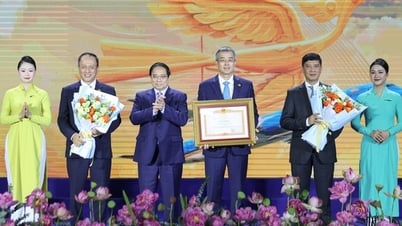
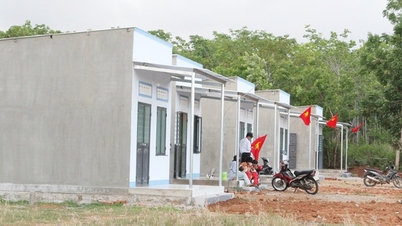









































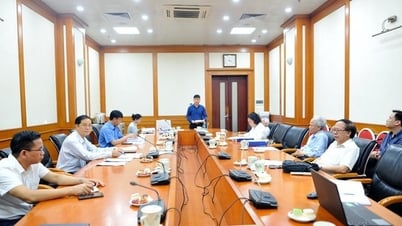






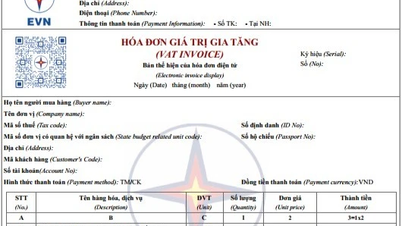





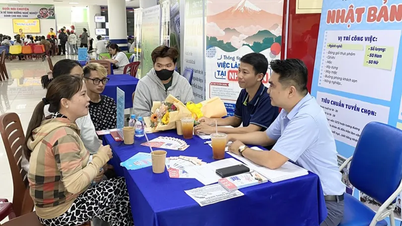



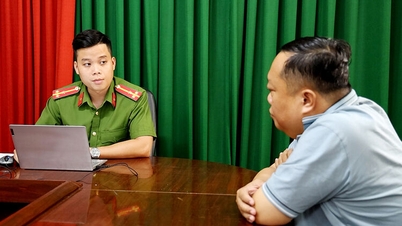















Comment (0)